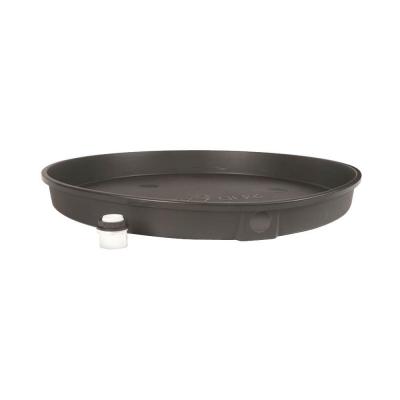- Joined
- Sep 28, 2014
- Messages
- 8,578
- Reaction score
- 2,977
.............................Kultulz, I agree that I need to have a professional come work on fixing the water heater situation. My problem will be actually getting someone to come out. The regular plumber will come out to snake drains (which I now do myself after he got pissy and overcharged us last time) but when I try to schedule him to come out for other stuff, he blows me off. The heating/cooling guy doesn't answer his phone and doesn't call back half the time.
Thanks for the picture of the discharge setup. Mine doesn't look anything like that. The small pipe goes bends around and goes to the side of the water heater and twists around down through the platform and then down through the floor to the underside of the house.
So the proper setup would be to have it going straight down to a bucket or receptacle of some sort?
When I went to the local hardware store and asked about the pipe for the T&P valve, the store owner didn't know what I was talking about (he took over the business of his late father). He also started telling me that things don't really need to be done to code because stuff worked fine before they made up all of the rules. *rollseyes* I wonder if that was his father's philosophy as well. His father was a licensed contractor and a nice guy, but I was advised to never hire him because he did shoddy work.
And, yes, Lowes did charge for the installation.
I still can't find that bulldog raised drip pan thingy for sale anywhere. I wonder if I could just lift the thing up on bricks or some other sort of platform that I could wedge under it and then have some sort of cheap plastic container underneath to catch drips. I can use velcro or something to make it stay in place under the spout.
My one reservation about the type of ball valve in the picture you provided is that I think my cats would be able to knock it open accidentally. There used to be a door to close off this area, but when the AC people were working, they knocked one of the doors off and it got broken and we never replaced it. I can probably get some hinges and make a new door though. Maybe I'll make a bifold one so it won't block the hallway when opened.
10 bucks at ho depot

for your pop off..you do not need a plumber
buy some CPVC pipe 3/4''
get a 3/4'' cpvc male adapter thread it into your T&P valve
using elbows///route the pipe outside
use cpvc glue
to raise your heater,,,use bricks not wood, empty the water
tip it to one side, put a brick under it, tip it to the other side put another brick under it..use a minimun 4 bricks
































































